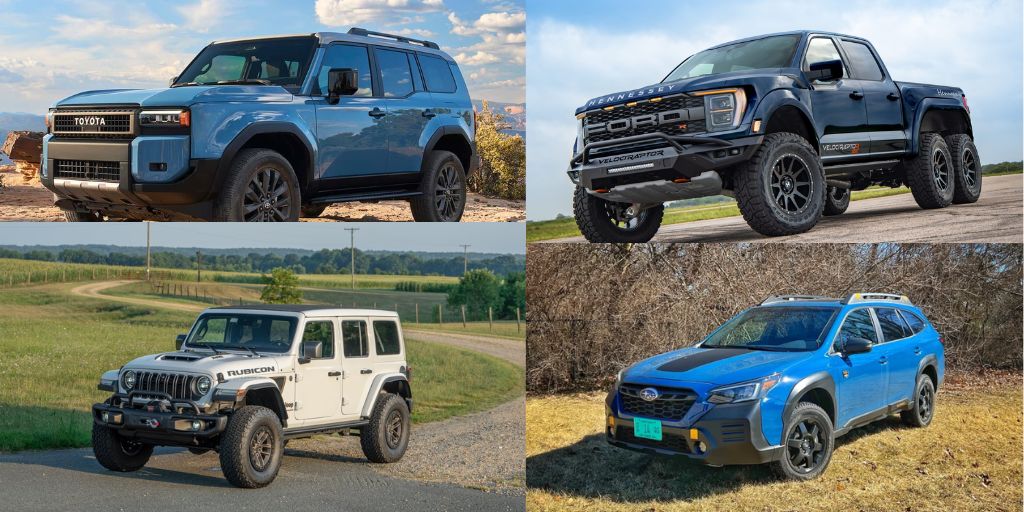As climate patterns shift and extreme weather events become increasingly common, car buyers are facing new challenges when it comes to vehicle durability. Flooding and heavy rainfall can wreak havoc on cars that aren’t built to withstand such conditions.
For those living in flood-prone areas or regions that regularly see torrential downpours, choosing the right vehicle isn’t just about performance or luxury — it’s about survival, reliability, and minimizing repair costs.
In this article, we take a hard look at which vehicles truly stand the test when the roads are wet and the waters rise — and which ones leave owners stranded with costly repairs and corroded parts.
We’ll start by highlighting five cars that hold up impressively well in flood zones, whether thanks to superior ground clearance, waterproofing, or smart design choices that prevent water intrusion.
Then, we’ll dive into the darker side — five cars that tend to fall apart at the first sign of heavy rain, with common issues like water-damaged electronics, poor sealing, or even structural degradation.
If you live where rain is more than a mild inconvenience, this guide will help you make an informed decision and potentially save thousands in future repairs.
Also Read: 5 Cars That Survive Road Trips and 5 That You’ll Regret Taking
5 Cars That Hold Up in Flood Zones
Living in a flood-prone area means your vehicle isn’t just a method of transportation — it’s a lifeline. Whether it’s evacuating during a storm or navigating streets that have turned into rivers, the right car can make a critical difference in your safety and financial stability.
While no car is completely flood-proof, some are built with better defenses against water intrusion, corrosion, and electronic failure — the three main culprits of flood-related vehicle damage.
In this section, we highlight five vehicles that have earned a solid reputation for their resilience in high-water scenarios.
These aren’t just off-roaders with lifted suspensions — although ground clearance helps — but thoughtfully engineered vehicles that incorporate features like sealed electrical systems, well-designed door and floor seals, and elevated air intakes that reduce the risk of hydro-lock.
Some of these vehicles even have a proven history of surviving natural disasters with minimal long-term damage, while others are favored in parts of the world where seasonal flooding is a way of life.
From rugged trucks to surprisingly capable SUVs, each of these vehicles has been chosen based on owner reports, reliability data, expert reviews, and real-world testing in wet and unpredictable conditions.
Whether you live in a coastal area, near rivers that often overflow, or in a city with outdated drainage systems, owning one of these flood-resistant vehicles could be the difference between weathering the storm or dealing with a totaled car.
Next, we’ll break down each of these vehicles in detail — why they’re ideal for flood zones, how they perform in extreme wet conditions, and what features make them stand out.
1. Toyota Land Cruiser
When it comes to vehicles built to survive the harshest conditions on Earth, the Toyota Land Cruiser is in a class of its own. This legendary SUV isn’t just known for off-road prowess — it’s also a top choice for flood-prone regions thanks to its exceptional durability, high ground clearance, and robust engineering.
One of the Land Cruiser’s standout features is its elevated air intake system, which significantly reduces the risk of water entering the engine during deep water crossings — a leading cause of flood-related vehicle damage known as hydro-lock.
In addition, its high ride height and body-on-frame construction offer impressive resistance to water intrusion into the cabin and undercarriage. Toyota’s attention to detail means door seals are strong and secure, helping to prevent water from seeping in and damaging interior electronics.
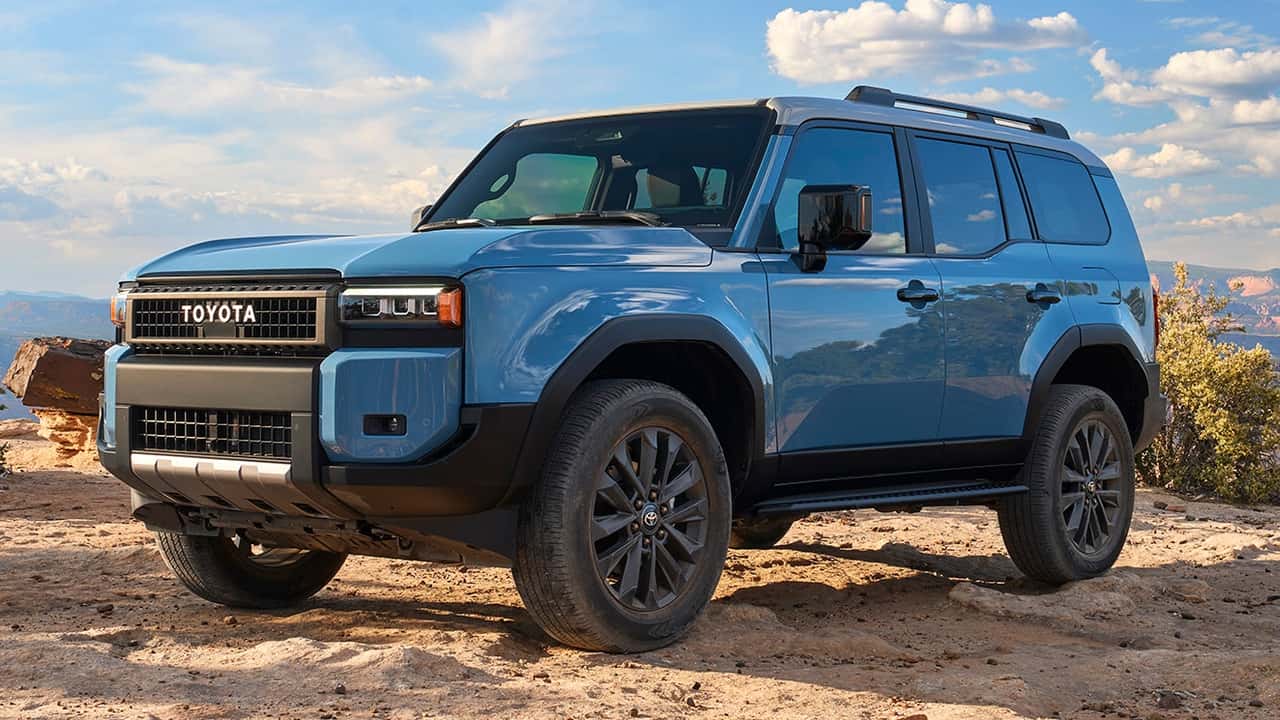
The Land Cruiser’s reliability is legendary — these SUVs are found operating in some of the world’s toughest environments, including areas in Africa and the Middle East where seasonal flooding is routine.
It’s no surprise that aid organizations, off-road explorers, and even militaries choose this vehicle when they need to get through waterlogged terrain.
While its price tag isn’t for the faint of heart, it pays off in longevity and peace of mind. Owners routinely report these SUVs lasting well beyond 300,000 miles with proper care.
In flood zones where roads can become rivers with little warning, having a Land Cruiser means fewer worries and fewer repair bills.
2. Ford F-150 Raptor
If you need a truck that can not only handle rough terrain but also shrug off heavy rain and deep water, the Ford F-150 Raptor is a prime contender.
Built for off-road performance, this beast of a pickup is also well-suited to flood zones thanks to its elevated ride height, reinforced underbody, and rugged sealing.
The Raptor’s 13-inch ground clearance — one of the highest in its class — means it can safely traverse waterlogged streets and flash flood zones that would paralyze most sedans and crossovers.
Its aggressive all-terrain tires and robust suspension system aren’t just for show either; they allow confident driving over slick surfaces and flooded paths without compromising traction or control.
But what really sets the Raptor apart for wet conditions is its thoughtfully engineered body and chassis. It’s equipped with advanced waterproofing on electrical connectors and critical engine components, reducing the likelihood of short circuits and electronic failures after exposure to moisture.
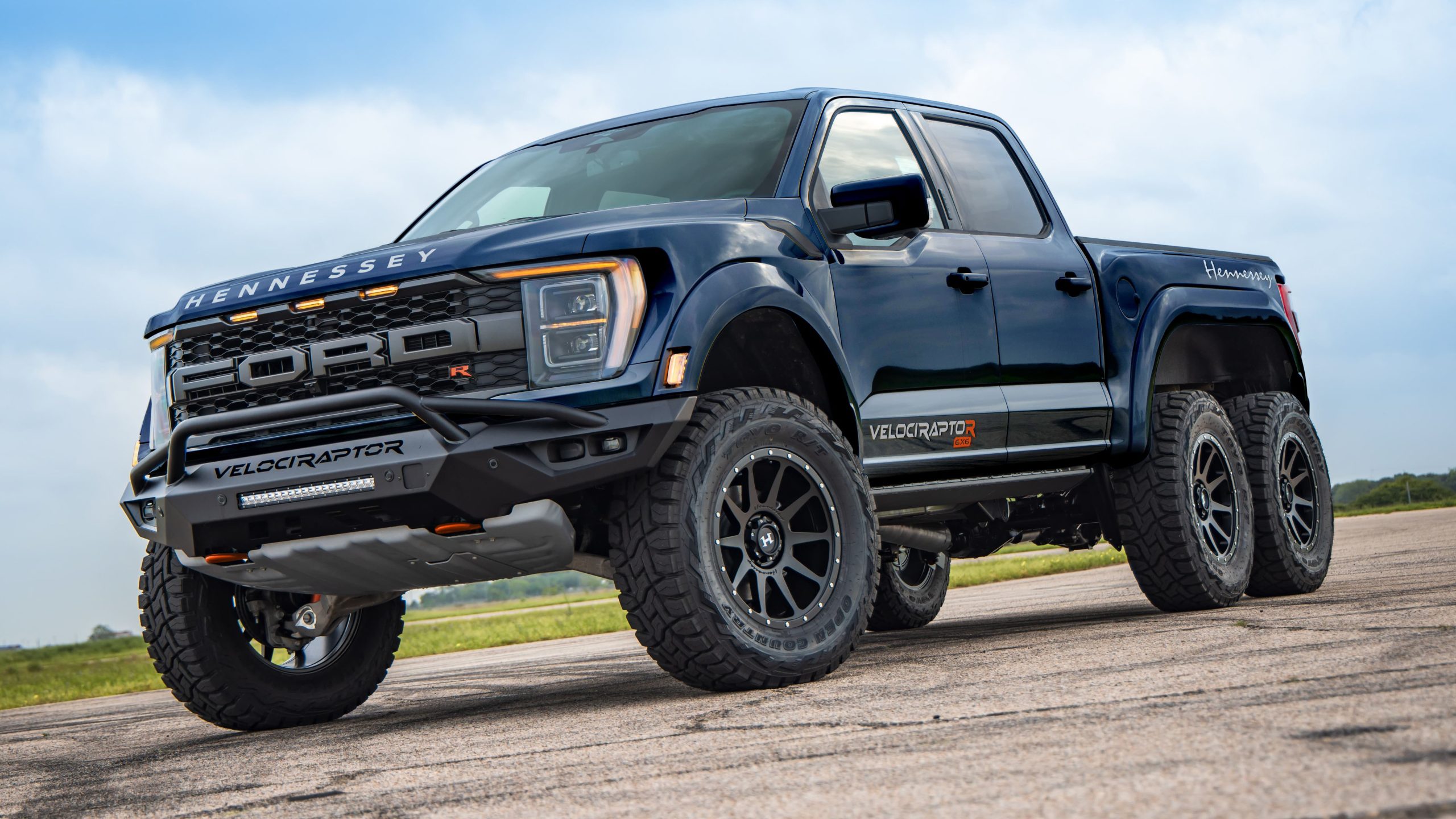
The Raptor also benefits from skid plates and underbody shielding that help keep vital systems protected from both water and debris kicked up during rough rides.
Another bonus? The F-150 Raptor has strong aftermarket support. For drivers in extreme flood-prone regions, optional snorkels, lift kits, and water-resistant accessories are readily available, making customization easy.
While it’s not the most fuel-efficient truck on the market, the Raptor offers something far more valuable in high-risk areas: confidence. When rain starts pouring and the streets start filling, this truck keeps rolling.
3. Jeep Wrangler (Rubicon Trim Recommended)
The Jeep Wrangler has long been a symbol of adventure and rugged capability — and in flood-prone areas, it proves just how practical those traits can be.
Specifically, the Wrangler Rubicon trim stands out as one of the best flood-ready vehicles on the market, thanks to its combination of high clearance, watertight components, and a design meant for crossing challenging terrain.
One of the Wrangler’s key advantages is its water fording capability. Jeep officially rates the Wrangler for water depths up to 30 inches, thanks in part to its high air intake, sealed electrical systems, and raised drivetrain components.
Unlike many crossovers and SUVs that are designed primarily for paved roads, the Wrangler is built to tackle rivers, muddy trails, and, yes, flooded urban streets.
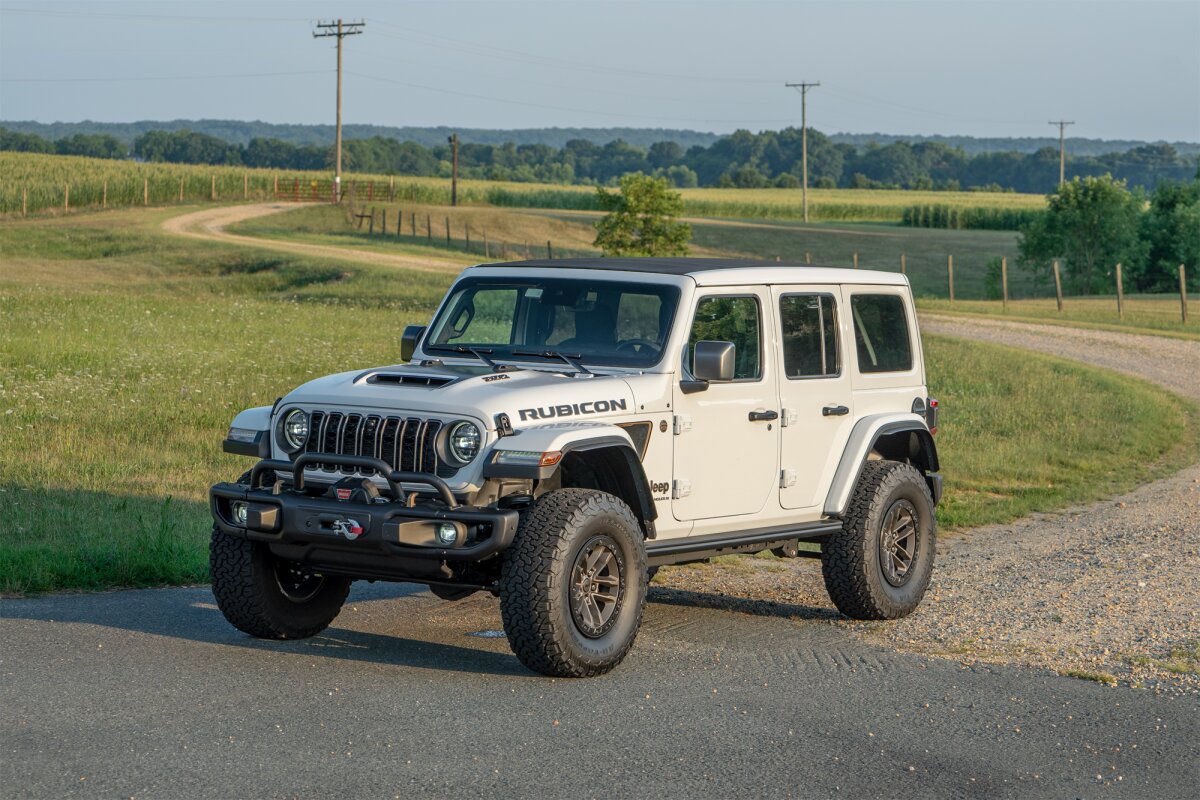
The Rubicon trim enhances this further with locking differentials, heavy-duty axles, and rock rails, making it even more resilient when water brings debris or unstable terrain.
Its boxy shape and removable doors and roof may seem like style choices, but they also make it easier to dry out and clean in the event of water exposure inside.
What’s also reassuring is the Wrangler’s solid aftermarket community. Flood zone residents often equip their Jeeps with snorkels, underbody shields, and sealed battery systems for extra protection.
Sure, the Wrangler isn’t the most refined or quiet ride, but when your primary concern is making it through a flood instead of arriving in luxury, few vehicles are more prepared for the job.
4. Subaru Outback Wilderness
While most people wouldn’t immediately think of a Subaru as flood-ready, the Outback Wilderness trim flips that assumption on its head.
Designed with rugged terrain and poor weather conditions in mind, this crossover blends off-road capability with smart water-resistant design — making it one of the most flood-resilient vehicles in its class.
The Wilderness model features 9.5 inches of ground clearance, which is a big leap from the standard Outback. That added height, combined with aggressive all-terrain tires and reinforced body cladding, means it can better handle roads with standing water or light flooding.
It also boasts improved approach and departure angles, allowing drivers to avoid scraping vital components when navigating around flood obstacles like downed branches or uneven curbs.
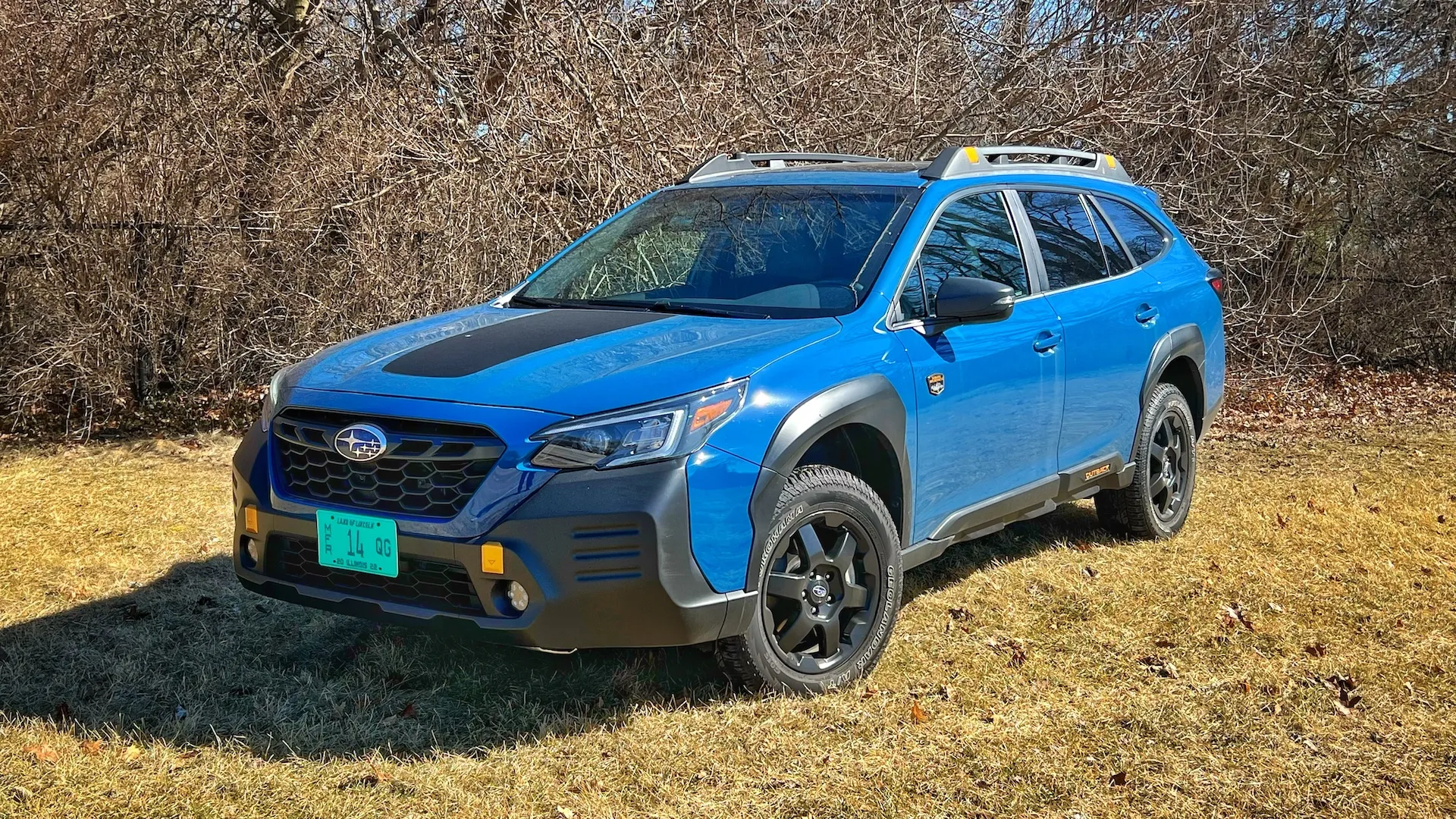
Subaru also goes the extra mile with weatherproofing. Critical electrical systems are tucked high within the engine bay, and the Outback’s doors are well-sealed, reducing the risk of cabin water intrusion.
Additionally, the symmetrical all-wheel-drive system ensures that all four wheels stay planted and responsive even in slippery, wet conditions.
Unlike full-size trucks or hardcore off-roaders, the Outback Wilderness gives you versatility. It’s just as comfortable on a school run as it is powering through a waterlogged street. And with its fuel efficiency and safety tech, it’s a smart choice for daily driving in flood-prone areas.
Bottom line: if you want a flood-tough car without the bulk of a body-on-frame SUV or pickup, the Subaru Outback Wilderness delivers impressive protection in a sleek, manageable package.
5. Mercedes-Benz G-Class (G550 or G63 AMG)
Often seen as a luxury statement vehicle, the Mercedes-Benz G-Class is also one of the most capable flood-zone survivors — a fact often overshadowed by its premium badge and high-end interior. Underneath the leather and tech, the G-Class is a military-born workhorse designed for off-road endurance and, by extension, water resistance.
One of its most significant advantages is its remarkably high ground clearance — over 9.5 inches stock — and an official water fording depth of up to 27.5 inches. That makes it capable of handling serious flooding scenarios without risking hydro-lock or undercarriage damage.
The G-Class also features a fully sealed drivetrain, three locking differentials, and a ladder frame chassis, which combine to give it the kind of rugged, waterproof performance that’s rarely found in luxury SUVs.
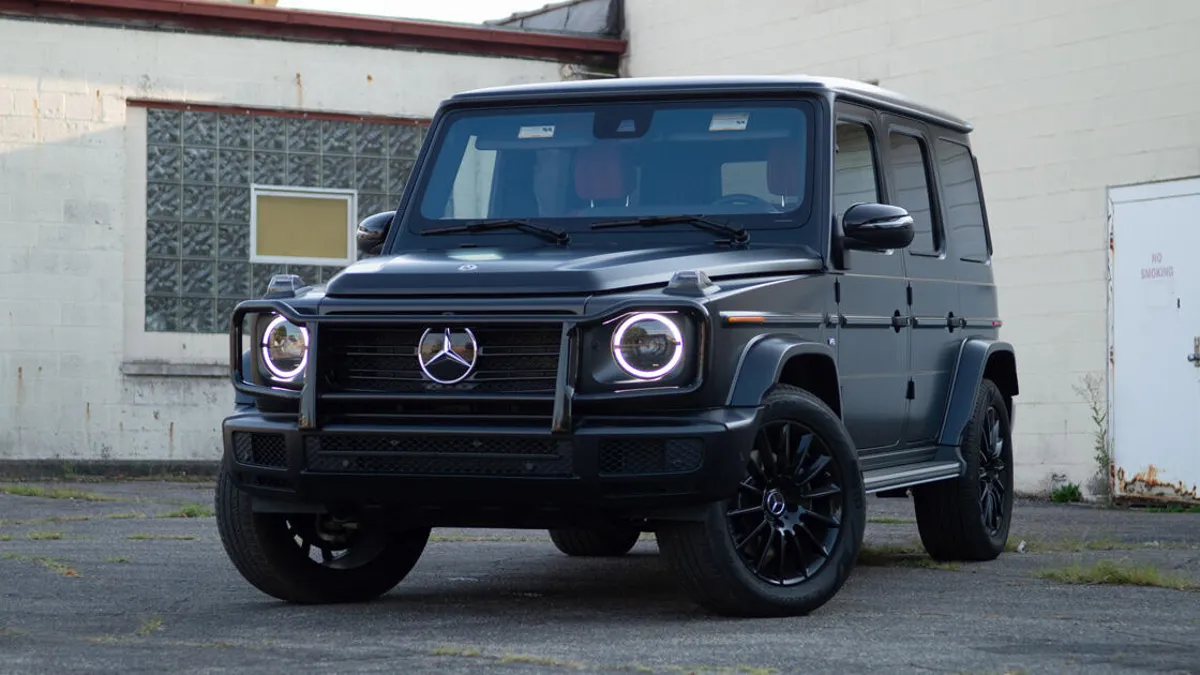
Mercedes engineers the G-Class for global use, including markets where rugged terrain and seasonal flooding are common. That means it’s built to handle more than just a Beverly Hills driveway.
The door and window seals are top-tier, and its electronics are shielded to prevent shorts and failures even in humid or wet environments.
It’s certainly not cheap, and maintenance isn’t for the faint of heart, but for buyers who want luxury without sacrificing capability in flood-prone regions, the G-Class delivers both.
It’s a rare combination: a high-end SUV that can look sharp at a gala and then drive through a foot of standing water without breaking a sweat.
5 That Fall Apart in Rain
Rain is one of the most common weather conditions we face, yet some cars seem utterly unprepared for it. While flood zones present extreme challenges, even moderate rainfall can wreak havoc on poorly designed or cheaply assembled vehicles.
In this section, we’re shifting focus to the cars that perform poorly when the skies open up — vehicles with chronic water-related issues that can cause headaches for their owners.
These aren’t necessarily old beaters or flood-damaged vehicles — many of them are popular models that simply don’t hold up well to moisture. From leaky door and trunk seals to poorly shielded electrical systems, these cars are notorious for letting water in where it shouldn’t be.
Once moisture seeps into a vehicle, it can lead to rust, mold, electrical failures, and thousands in repairs. Some even develop musty odors or experience recurring dashboard errors after just a few rainy seasons.
We’ve compiled this list based on a combination of owner reports, repair records, and documented manufacturer issues. These are the vehicles you’ll want to think twice about if you live in an area that sees frequent rainfall or deals with sudden downpours.
This list isn’t about shaming — it’s about helping car buyers avoid preventable misery. Whether it’s a stylish sedan with a sunroof that constantly leaks or an SUV that can’t keep its electronics dry, the cars in this section are the ones you might regret owning when the forecast looks wet.
Let’s take a look at five vehicles that consistently struggle when the rain rolls in — and explain exactly why they’re on this list.
1. Chrysler 200
The Chrysler 200 may have been marketed as a stylish and affordable mid-size sedan, but for anyone living in a rainy climate, it quickly became a cautionary tale.
From the moment it hit the streets, owners began reporting water-related problems that seemed to plague this vehicle like clockwork.
One of the biggest issues with the Chrysler 200 is its poor door and trunk sealing. During moderate to heavy rainfall, water often seeps into the trunk and rear footwells, leading to soggy carpets, mildew smells, and even mold.
Over time, this moisture buildup creates an ideal environment for corrosion and short circuits, especially around the fuse box and under-seat wiring. It’s not uncommon for owners to report electrical glitches, sensor errors, and even full system shutdowns after rainstorms.
Another weak point is the sunroof drainage system, which is prone to clogging and backflowing. When this happens, rainwater often spills directly into the cabin through the A-pillars or headliner.
Some owners have resorted to manually cleaning the drains every few weeks — a maintenance routine that shouldn’t be necessary for any modern sedan.
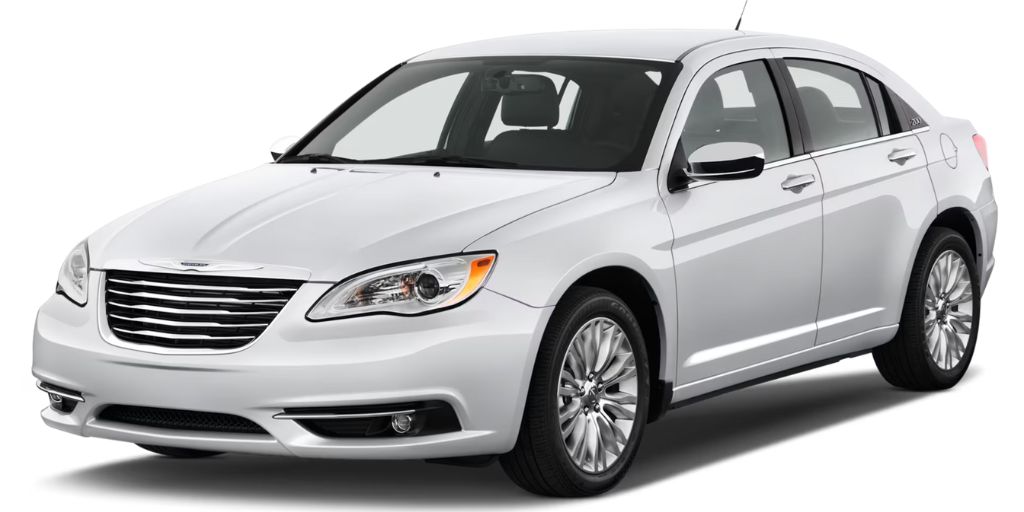
Even more frustrating, the Chrysler 200’s interior materials don’t handle moisture well. Seat fabrics and foam padding absorb water quickly and dry slowly, leaving behind persistent dampness and odors that are difficult to eliminate without a full interior detail.
Simply put, the Chrysler 200 is not built to stand up to rain. If you live in a wet climate, this is one car you’re better off avoiding unless you want your interior to double as a sponge.
2. Mini Cooper (2007–2013 Models Especially)
The Mini Cooper may be beloved for its quirky design, go-kart-like handling, and British charm, but when it comes to handling rain — especially the earlier second-generation models (2007–2013) — it has a notorious reputation for water-related headaches.
One of the most common complaints centers around leaky sunroofs and faulty drainage channels. The Mini’s panoramic sunroof system is infamous for clogging, causing water to pool and eventually leak into the cabin through the headliner or down the A-pillars.
Once inside, the water often settles in the floor wells, where it can damage electronic control modules and lead to rust under the carpets.
Even worse, the electrical systems in these Minis are particularly vulnerable. Key components like the Body Control Module (BCM) and fuse box are located under the dashboard or near the floor, which puts them at high risk of shorting out when water gets into the interior.
Many Mini owners report sudden and unexplained electrical malfunctions — from non-functioning lights to stalling — shortly after heavy rainstorms.
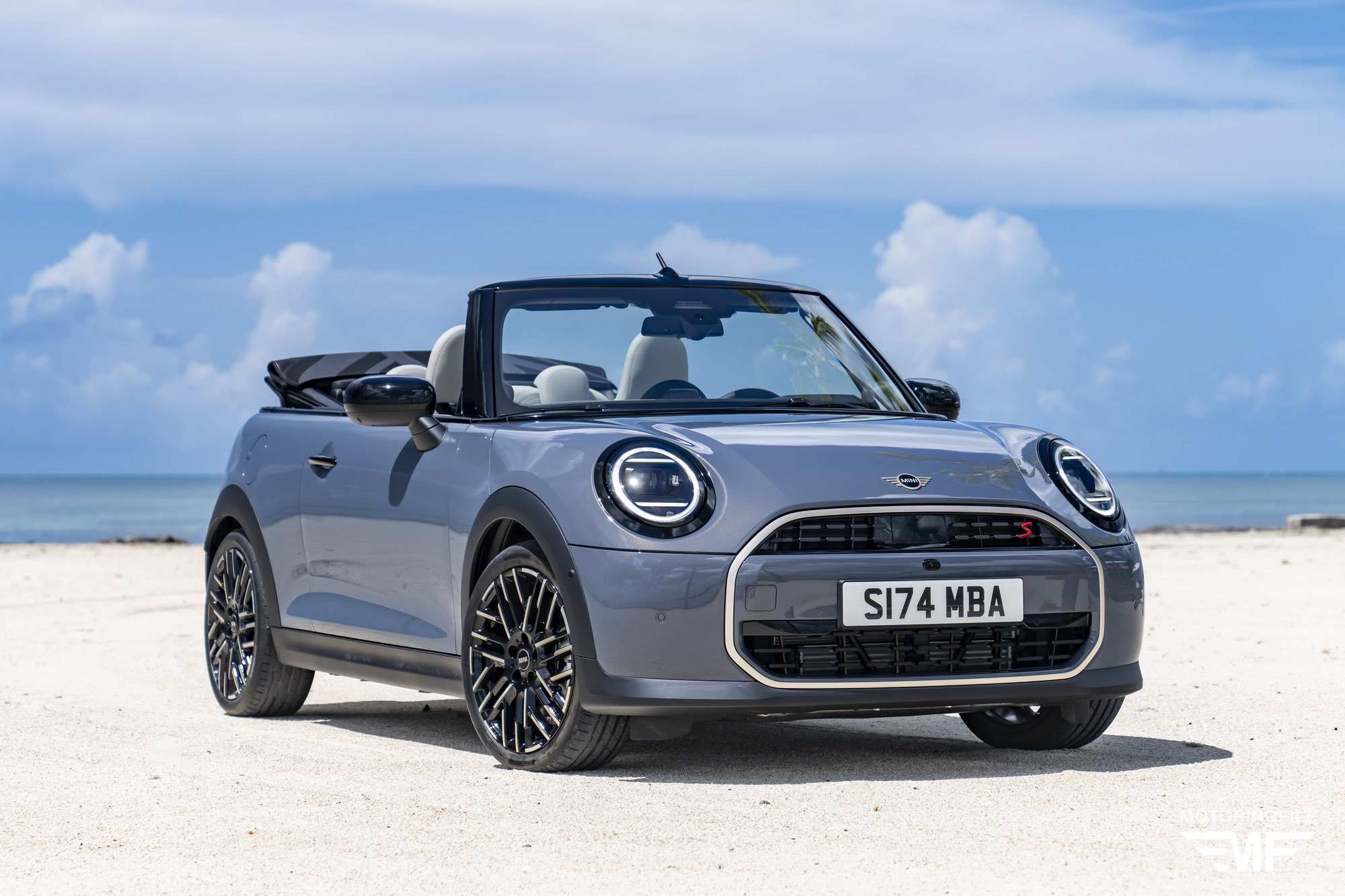
The trunk area is another weak spot. Poorly designed seals allow water to leak into the cargo space, often pooling near the battery compartment. If left undetected, it can corrode terminals and wiring, creating a fire hazard or completely draining the battery.
While newer Minis have improved in this regard, the 2007–2013 models in particular are a gamble in wet climates. If you live where rain is frequent, a used Mini Cooper from this generation could end up costing you more in repairs than it’s worth.
3. Ford Focus (2012–2018 Models)
The Ford Focus, particularly the models from 2012 to 2018, has become infamous for its struggles with water infiltration, especially during heavy rainfall. Despite being one of the most popular compact cars in the U.S., it’s also one of the most problematic when it comes to rain and moisture.
One of the major issues with the Ford Focus is its poorly designed door seals, which are prone to failure over time. Owners frequently report water leaks entering the vehicle through the doorframes, especially around the bottom edges of the windows.
When this happens, water can seep directly into the interior, soaking carpets and eventually causing rust to form along the door sills and floor panels. Once this rust sets in, it can lead to expensive repairs that are difficult to fully reverse.
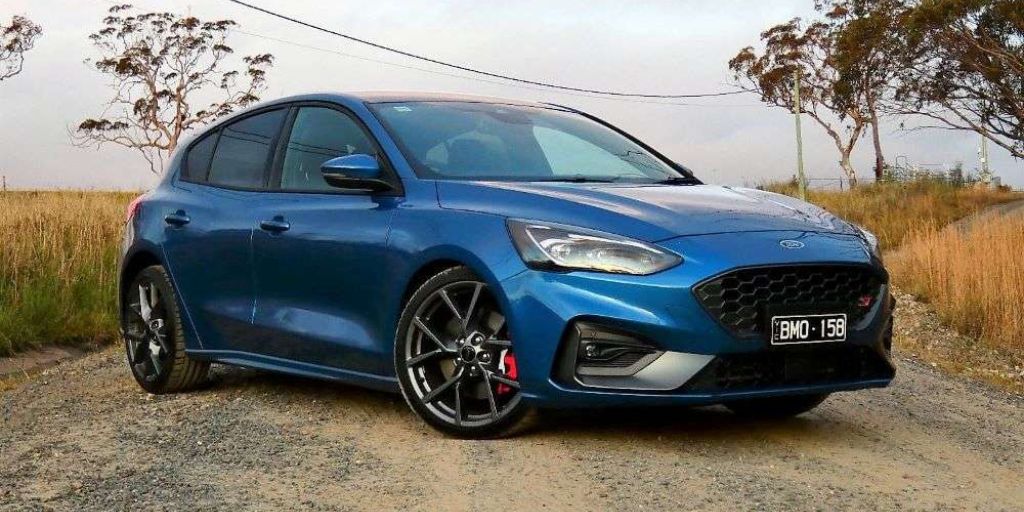
Additionally, the trunk seals on many Focus models are subpar, with water often pooling in the cargo area. This can lead to mold and unpleasant odors developing, and in some cases, damage to the electronics housed in the trunk or near the rear seats.
Another problem comes from the weak electrical system, which is highly susceptible to water damage. The wet carpets and moisture in the footwells can quickly cause short circuits in the electrical wiring, leading to dashboard warning lights, malfunctioning airbags, and even complete electrical failures.
These issues are costly to repair and can leave owners stranded in the rain. Overall, while the Ford Focus offers excellent fuel economy and practicality, its tendency to break down in wet weather makes it a poor choice for drivers in rainy climates.
4. Nissan Altima (2013–2018 Models)
The Nissan Altima is often praised for its affordability and smooth ride, but if you live in a region where rain is a frequent concern, you might want to think twice about owning one of these sedans, particularly the 2013–2018 models.
While they’re generally reliable, they are prone to significant water-related issues that can cause long-term headaches.
One of the most common issues in these models is poor door and window seals. The Altima’s door seals are known to deteriorate over time, causing water to seep into the interior during even moderate rain.
This often results in soggy carpets, water pooling under the seats, and the development of unpleasant mildew and mold smells. Over time, this moisture can also contribute to electrical system failures, particularly in the footwell areas where wiring is located.
Another major flaw in the Altima is its trunk sealing system. The trunk’s seals are frequently cited as weak spots where water can easily enter.

When this happens, the cargo area can get flooded, leading to water damage to the spare tire compartment and electrical connections hidden in the trunk.
If you’re unlucky enough to have this happen repeatedly, the constant exposure to moisture can cause rust and even more severe corrosion over time.
For a car that’s meant to be reliable, the Nissan Altima’s vulnerability to rain and moisture makes it a poor choice for those living in rainy or humid climates. While it offers great fuel efficiency, the constant risk of water damage and the expensive repairs that follow can quickly diminish its value.
5. Volkswagen Jetta (2011–2016 Models)
The Volkswagen Jetta, a well-known compact sedan, has long been favored for its European styling and driving dynamics. However, for those living in rain-heavy climates, the Jetta — particularly the 2011–2016 models — often proves to be a disappointment when it comes to handling wet weather.
One of the biggest issues with these Jettas is poorly sealed windows and doors. The weatherstripping on many of these vehicles is prone to wear and tear, which allows rainwater to leak into the cabin, especially along the bottom edges of the doors and around the window seals.
This results in soggy carpets, wet floor mats, and in some cases, water collecting in the footwells, which can quickly lead to unpleasant mold and mildew buildup.
In addition to the leaks, the electrical system in these Jetta models is particularly vulnerable to water damage. When the interior gets wet, moisture can seep into sensitive areas like the fuse box, control modules, and wiring.
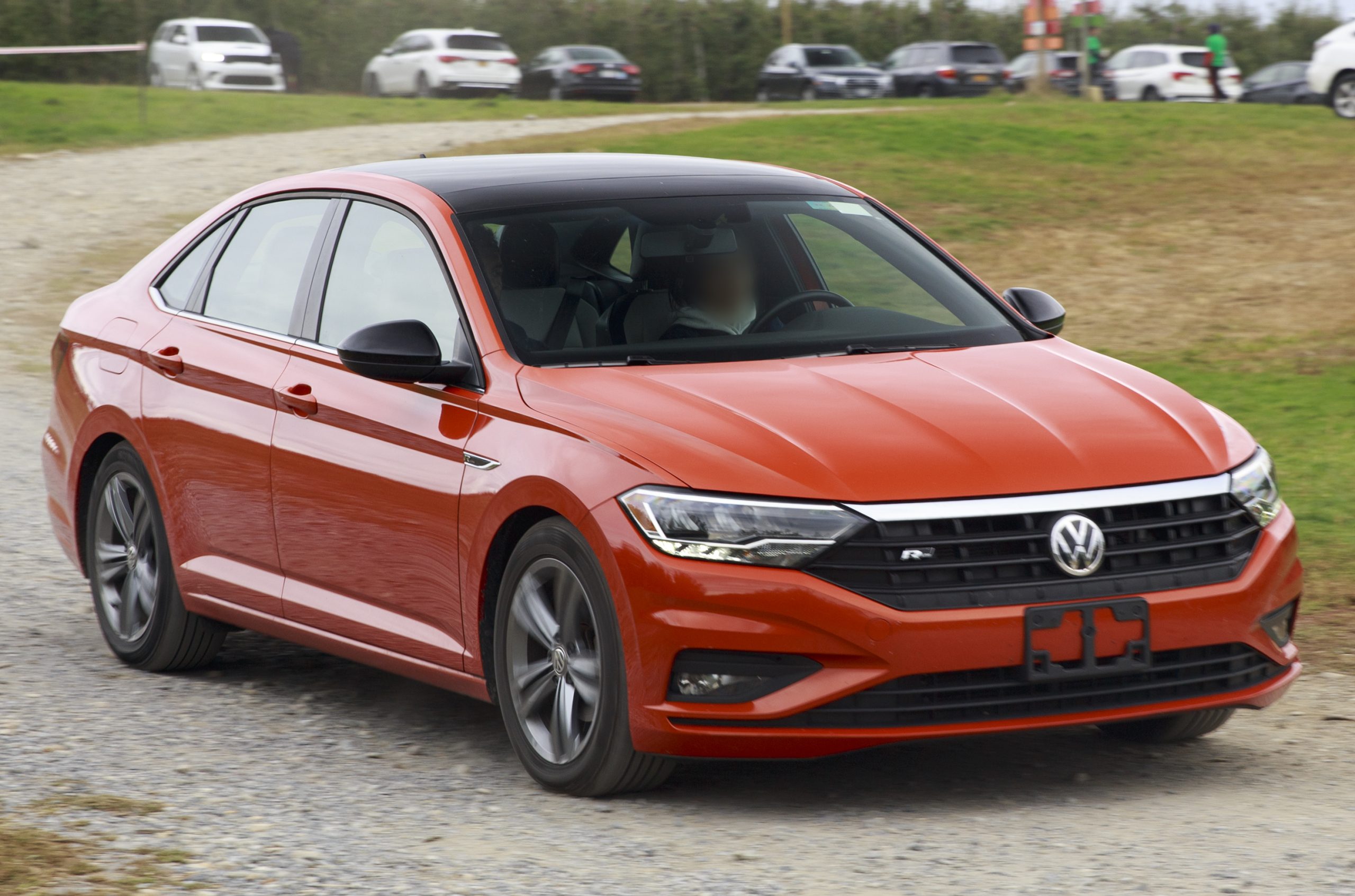
This leads to costly electrical issues, such as malfunctioning lights, error codes on the dashboard, and even power failures. Owners have reported that these electrical problems can be hard to fix and often require expensive replacements of components that weren’t designed to handle even moderate rain exposure.
Furthermore, the trunk area in the Jetta has been cited as a problem zone, as water often enters through weak seals. The resulting water damage can affect the spare tire compartment and various electronic systems located in the rear of the car.
For a car that’s intended to last and offer reliability, the Jetta’s frequent rain-related issues make it a poor choice for drivers in rainy or wet environments.
Navigating the challenges of driving in rainy or flood-prone areas requires a vehicle that can stand up to the elements, offering both durability and resilience in the face of water damage.
The five cars that excel in flood zones — from the rugged Toyota Land Cruiser to the versatile Subaru Outback Wilderness — represent a broad spectrum of vehicles, from luxury SUVs to reliable crossovers and pickup trucks, each equipped with features designed to minimize the impact of water intrusion.
Whether it’s advanced air intake systems, robust sealing technologies, or high ground clearance, these vehicles are built to withstand deep puddles, rising floodwaters, and heavy rain with fewer long-term issues.
On the other hand, the cars that struggle in rainy conditions — such as the Chrysler 200, Mini Cooper, and Ford Focus — highlight the importance of solid design and durable engineering when it comes to handling moisture.
Poor door seals, subpar electrical systems, and weak trunk and sunroof seals can quickly lead to expensive repairs and discomfort. In flood-prone or rainy climates, such issues are more than just an inconvenience; they can escalate into chronic problems that cost owners time, money, and peace of mind.
These cars often suffer from mold, rust, and electrical failures, making them a poor investment for those living in areas with frequent rain or flooding.
The key takeaway is clear: when choosing a vehicle for a rainy or flood-prone area, prioritizing reliability and water resistance is crucial. While some cars offer great performance in dry conditions, only those designed with specific flood and rain-related features are truly suited for unpredictable weather.
Always consider factors like waterproofing, ride height, and sealing quality before making your choice, ensuring your vehicle can handle whatever Mother Nature throws your way.
Also Read: 5 Cars With Best Ride Comfort and 5 That Rattle Everywhere

